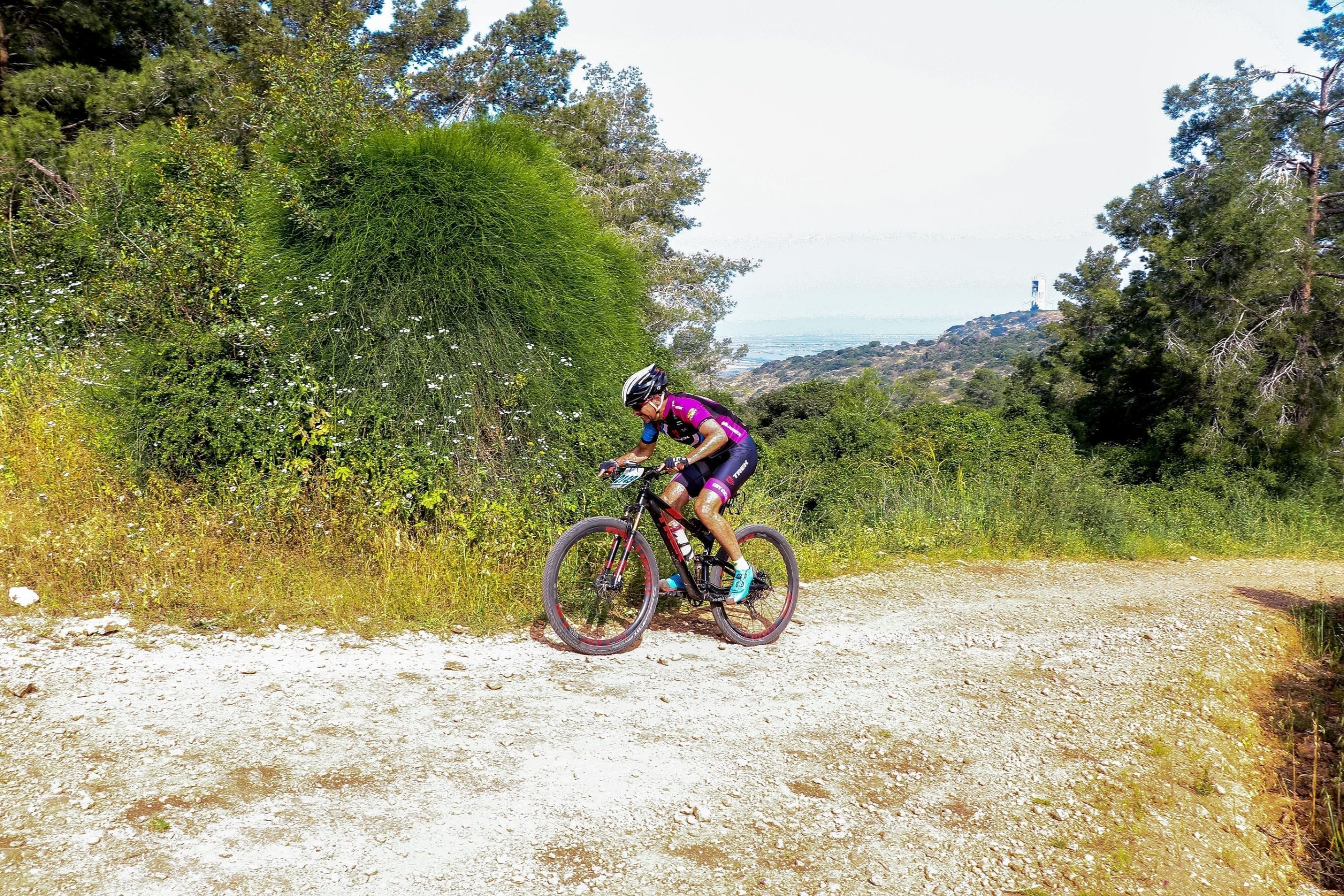
Around Ramat Hanadiv – Cycle Trails
In October 2017, two cycle trails were opened to the public at Ramat Hanadiv.
As part of the sustainability approach, we collaborated with the regional cycling community already in the planning stages; we worked together to identify the community’s needs and to develop the cyclists’ awareness of conserving nature and landscape values while cycling. Planning of the trails was done while maintaining a balance between the cyclists’ needs and protection of the local wildlife and Mediterranean vegetation that give the location its unique character.
The trails provide cyclists in the Nature Park with a cycling experience that passes through the range of sites offered by the park. The trails combine natural assets, archaeological sites, and lookouts over the landscapes visible from the park. One trail is intended for experienced cyclists while the other offers easy track cycling suitable for families:
The woodland trail (marked in light blue) – offers easy cycling along a 7.5-km track. Along the trail, cyclists pass the following points of interest: the vulture cage, Horvat ‘Aqav – a farmhouse from the Byzantine Period and a lookout over the coastal plain, and to end off – the picnic site.
The cliff trail (marked in orange) – offers a more challenging, 10-km trail, combining 4WD trails with singletrack sections and is suited to experienced cyclists. The trails passes by the vulture cage, a lookout to Hanadiv River, Horvat ‘Aqav – a farmhouse from the Byzantine Period and a lookout over the coastal plain, the tumulus field – graves in circular stone structures, the canary pine grove – a lookout over Gazelle Valley, Ein Zur spring, the fortified compound – Horvat Eleq, Beit Huri and the picnic site.
